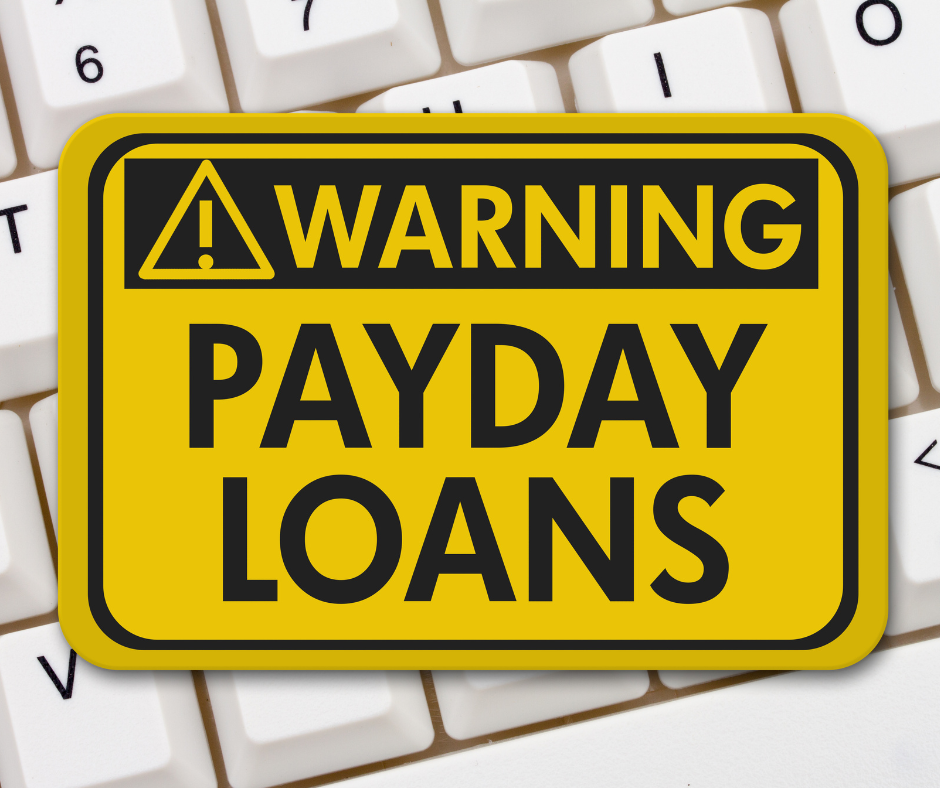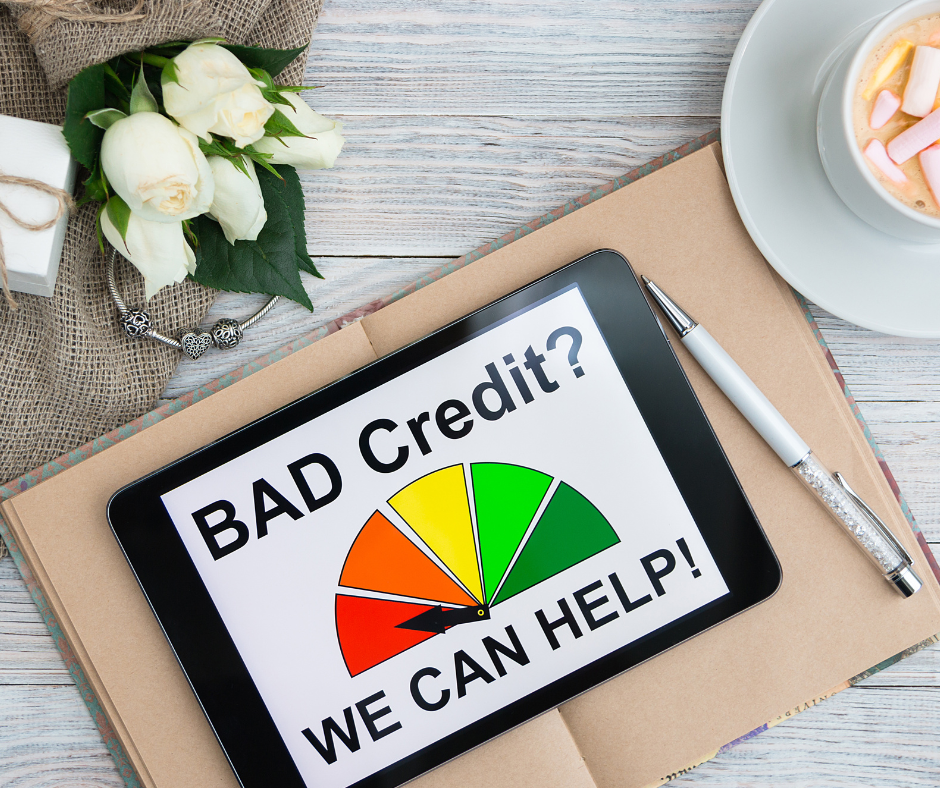Payday loans explained: why you should avoid them
Payday loans offer quick cash but come with high fees and risks. Learn how they work and explore safer financial alternatives.
Payday loans often seem like a quick solution when money is tight.

Whether it’s an unexpected bill, car repair, or emergency expense, these loans promise fast cash with minimal requirements. But behind the convenience hides a costly reality.
In this guide, we’ll explain how payday loans work, why they’re risky, and what alternatives you should consider before making a decision.
Understanding payday loans and their risks
Payday loans often seem like a quick fix when you’re facing urgent bills, rent, or an unexpected expense. These short-term loans are designed to cover costs until your next paycheck arrives. They’re typically easy to access: no credit check, minimal paperwork, and fast approval. Sounds convenient, right? But there’s a catch.
Behind the fast cash is a financial trap that can make your situation worse. Payday loans usually come with extremely high fees and interest rates, typically equivalent to 300% to 700% APR or even higher. That means, if you can’t pay it back quickly, the debt snowballs fast.
How they work and why they’re problematic
Here’s how payday loans usually operate: you borrow a small amount, usually between $100 and $1,000, with the agreement to repay it plus a fee by your next paycheck, often within two to four weeks.
At first glance, a $15 or $20 fee per $100 borrowed doesn’t seem terrible. But when calculated annually, the Annual Percentage Rate (APR) often exceeds 400%. For comparison, a typical personal loan from a bank has an APR between 6% and 36%.
If you can’t repay the full amount on time, lenders offer a “rollover,” which extends the loan but adds more fees. This cycle can trap borrowers into taking out loan after loan, paying fees that sometimes total more than the original loan itself.
Common pain points that lead to payday loans
- Unexpected emergencies: like car repairs or medical bills;
- Living paycheck to paycheck: with no financial cushion;
- Bad credit or no credit history: limiting access to traditional loans;
- Immediate cash needs: with no family or friends available to help.
While these struggles are real and valid, payday loans rarely solve them long-term.
Safer alternatives you can consider
Some safer options might be available depending on your situation:
- Negotiate with creditors: some utility companies or landlords offer payment plans;
- Consider a credit union: many offer small-dollar emergency loans with fair terms;
- Explore paycheck advances: some employers allow employees to access earned wages early;
- Look into installment loans: these typically have longer repayment terms and lower rates;
- Seek help from nonprofit financial counselors: they can help with budgeting and debt management.
These alternatives often come with lower costs and more manageable repayment terms.
Think twice before choosing
Payday loans might look like an easy way out during a financial crunch, but they frequently come with high costs that can make things worse. The combination of sky-high interest rates and short repayment windows creates a cycle that’s tough to escape.
Before turning to it, take a step back. Look into safer, more sustainable options that can support you without adding more stress to your finances. While emergencies happen, understanding how payday loans work and their risks can help you make a more informed decision.
If you’re struggling, there are resources, alternatives, and community programs that can offer support without the heavy burden payday loans often bring.






